China’s GDP grew 5.2% yoy in Q4, an uptick from Q3’s 4.9% yoy. For the full year of 2023, the economy also recorded a growth rate of 5.2%. On a quarter-by-quarter basis, GDP growth rate was 1.0% qoq, matched expectation, though this marked a slowdown from the previous quarter’s revised 1.5% qoq gain.
In the industrial sector, production rose by 6.8% yoy in December, slightly higher than the previous month’s 6.6%, meeting market forecasts. However, retail sales growth decelerated to 7.4% yoy, a drop from November’s 10.1% yoy and below the expected 8.1% yoy.
Investment patterns showed a mixed trend. Overall fixed asset investment in 2023 grew by 3.0%, slightly exceeding the 2.9% expectation. Within this category, real estate investment saw a significant drop of -9.6%. Conversely, investment in infrastructure and manufacturing rose by 5.9% and 6.5%, respectively, signaling growth in these areas.
Amidst these economic developments, China faces a demographic challenge as its population fell for the second consecutive year in 2023. Total population decreased by -2.75m to 1.409B, a more rapid decline than in 2022.




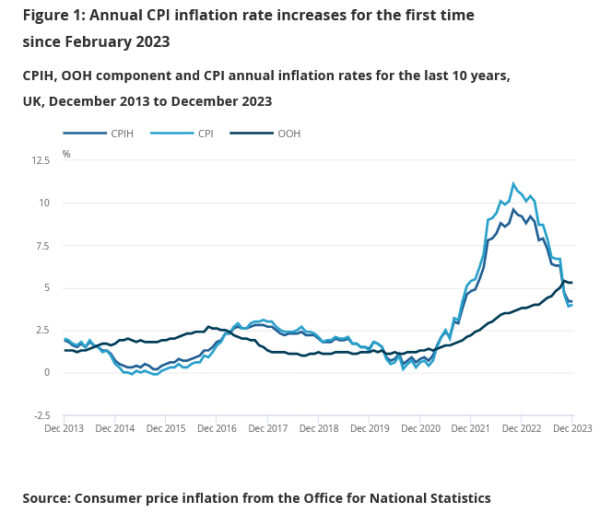
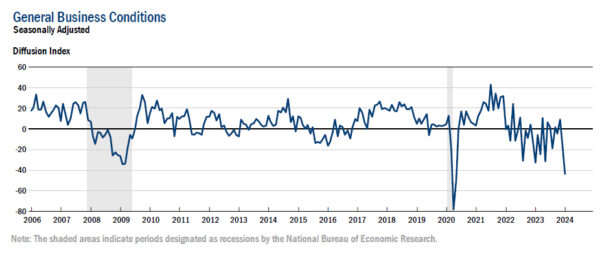
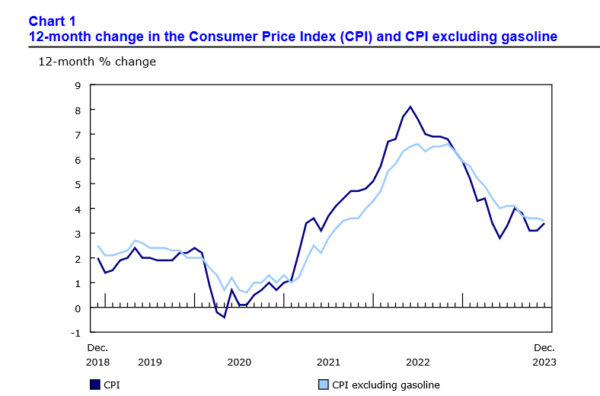
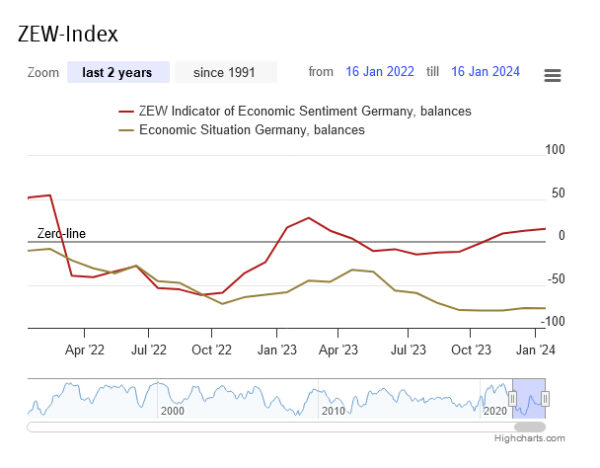
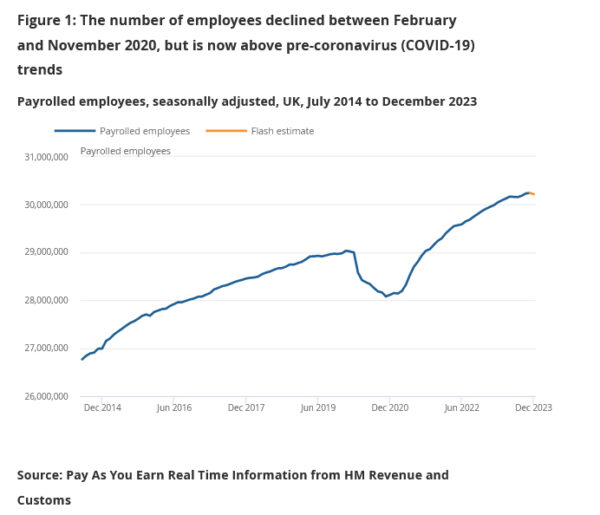
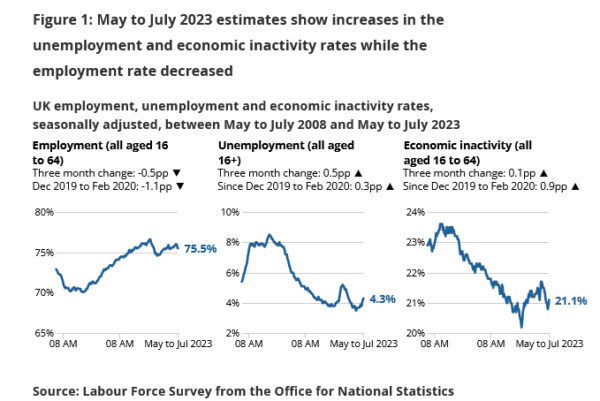
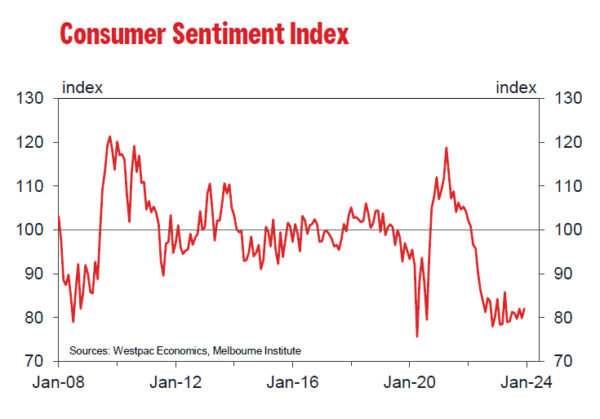
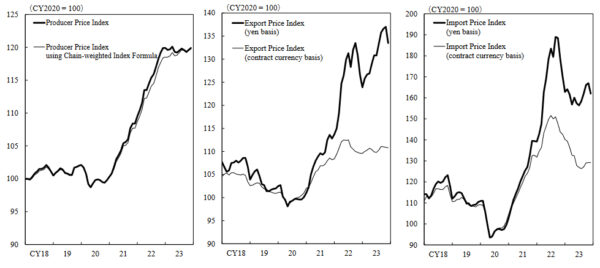
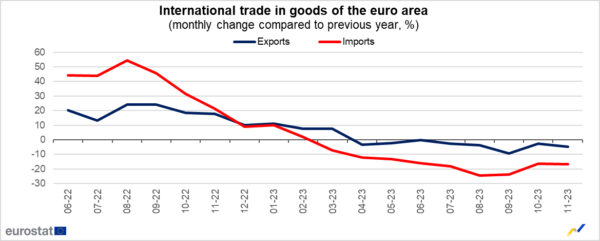
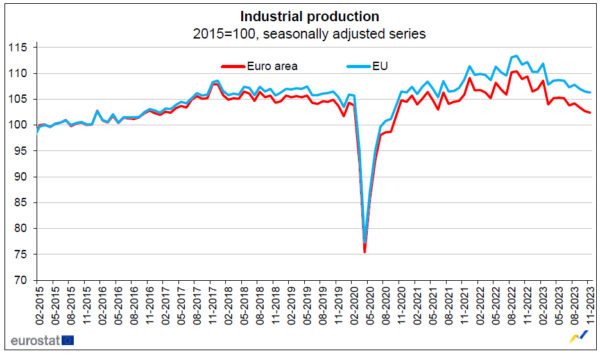
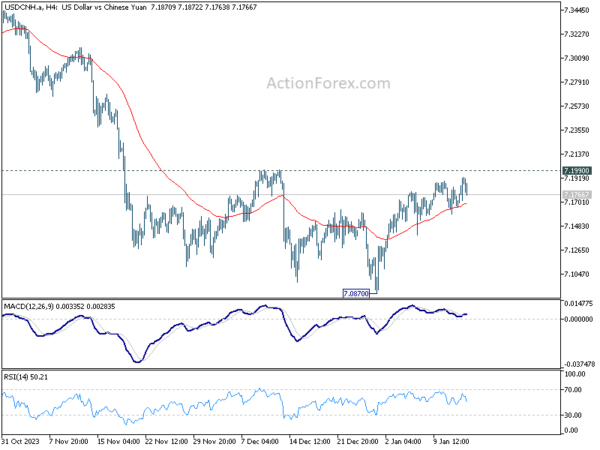


ECB’s Lagarde suggests potential summer rate cut, but maintains reserved stance
In an interview at Bloomberg House in Davos, ECB President Christine Lagarde said “it’s likely” for a rate cut in the summer, but added that she has to be “reserved”. She emphasized ECB’s data-dependent approach and acknowledged the prevailing uncertainty and certain indicators that are yet to reach desired levels.
Lagarde expressed concern regarding market expectations for aggressive rate cuts, labeling them as a “distraction” from the ECB’s primary goal of combating inflation. She expressed concern that if market anticipations are misaligned with reality, they could hinder ECB’s inflation control efforts.
Reiterating the ECB’s commitment to achieving sustainable inflation of 2% over the medium term, Lagarde asserted, “We are on the right path, we are directionally towards the 2%, but unless and until we are confident that it is sustainably at 2% — medium term — and we have the data to support it, I’m not going to shout victory.”